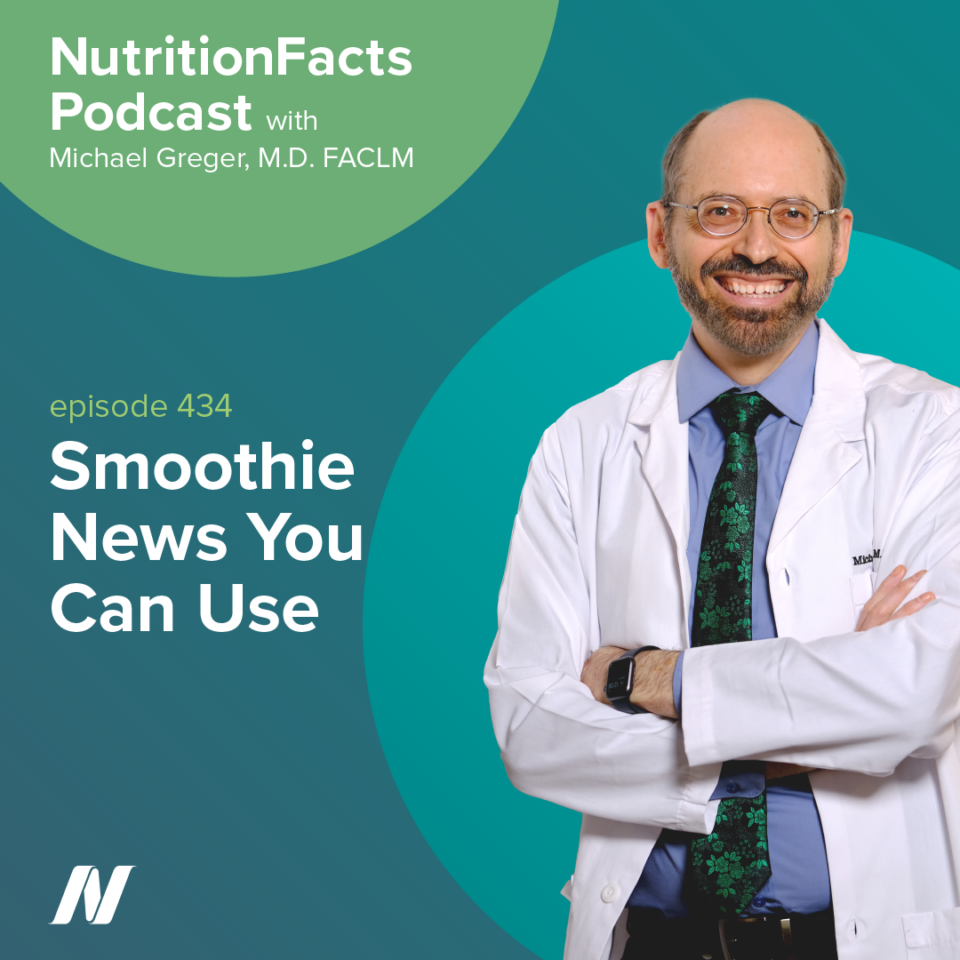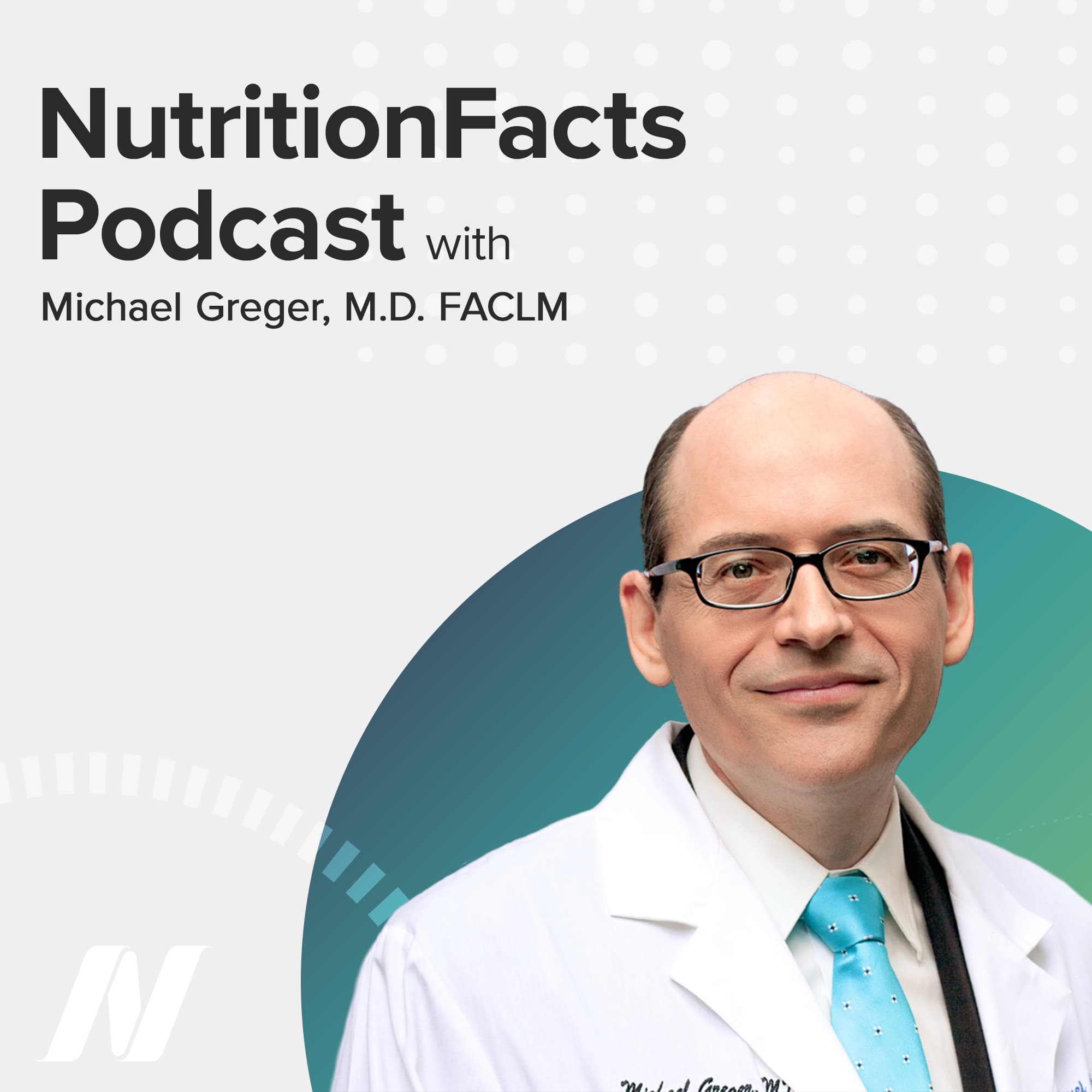Today, we feature the strangely complex art of smoothie making. As it turns out, if you make your smoothies the wrong way, you can partially destroy valuable phytonutrients. Here’s our first story.
There are recommended daily intakes of essential nutrients like vitamins to prevent deficiencies, but recently the first dietary recommendation for a bioactive food compound was published. Bioactives are food compounds that are not necessary for basic human needs, but may have health benefits––for example, plant metabolites called flavonoids. Flavonoids are a type of polyphenol, of which the most commonly consumed are flavan-3-ols, also known as just flavanols.
A review of the literature suggested that the intake of 400 to 600 mg a day of flavanols would be beneficial for cardiometabolic protection, potentially helping to improve blood pressure, cholesterol, and blood sugars. Note, it’s specified that these are food guidelines, not supplement guidelines––though really, they’re more like beverage guidelines, as tea—green or black—would be by far the easiest way to reach those levels, though there are also certainly some in a variety of berries and cocoa.
However, there is an enzyme called polyphenol oxidase that can break down polyphenols like flavanols. That’s what causes certain fruits and vegetables to brown when you cut into them, like bananas and potatoes. Why would a plant do that to itself? Apparently as a defense mechanism, part of the plant’s own immune system. When exposed to oxygen, polyphenol oxidase can oxidize polyphenols into breakdown products with antimicrobial activity. So, when a banana gets bruised, or you cut open an avocado, the polyphenol oxidase can start oxidizing polyphenols into defensive compounds that can glom together and form a brown compound called melanin. The same class of compounds that darkens the skin of a banana darkens our skin too.
Okay, no problem, we can just not eat brown bananas, as that’s visual evidence that many of the polyphenols have been lost. But what if you mixed that banana, which you know is filled with the polyphenol oxidase enzyme, into a smoothie with polyphenol-rich foods, like berries or cocoa? Might you end up with less nutrition? Big Chocolate-funded researchers sought to find out. They put about half a cup (40 g) of cocoa’s worth of cocoa flavanols into a smoothie containing banana, compared to the same amount in a berry smoothie with no bananas.
Here’s a measure of how many of the chocolate flavanols made it into the bloodstream within hours of drinking the chocolatey berry smoothie, compared to the same amount of cocoa blended into a banana smoothie. It’s almost as if you hardly put any cocoa in there at all, presumably because the banana enzymes chopped up all the chocolate goodies. Let’s not presume, though. They blended up the chocolatey banana smoothie again—banana, almond milk, and cocoa flavanols—and then just measured the level of flavanols as the smoothie sat for an hour. Check it out. The cocoa flavanols plummeted, more than a 90 percent drop, a half-life of like 10 minutes, so every 10 minutes or so the levels dropped in half. How do they know for sure it was the polyphenol oxidase enzyme? Because when they added specific enzyme blockers, they blocked the effect.
Okay, no problem; if you’re adding bananas to your smoothies, can’t you just chug is quickly before the enzyme does its job? Presumably, the enzyme would be deactivated when it hit the acid bath of the stomach, but let’s not presume. You don’t know, until you put it to the test. I love that the researchers did all these extra steps. This time they made study participants alternate sips between a straight banana-almond milk smoothie and like chocolate milk, cocoa flavanols plus almond milk. So, there was no premixing in the blender between the banana enzyme and the flavanols, just mixing in the stomach. Here’s how many cocoa flavanols make it into your bloodstream when sipping the chocolate milk alone. Mixed in the stomach with banana, and you get this: 37 percent less in your bloodstream, which shows that the banana enzyme can still do some polyphenol damage in the stomach. And, yes, in simulated stomach acid conditions, the polyphenol oxidase enzyme is indeed down, but not out.
So yeah, if you drink a smoothie with banana in it, it’s better to not let it sit around. But even if you drink it immediately, you may still get less polyphenols in your system than if you would have skipped the banana. But banana makes smoothies so rich and creamy. Is there anything we can add to the smoothie to counter the banana enzyme’s effects? That’s exactly what I’ll cover next.
There is one food that has more polyphenol oxidase activity than a banana, and it’s a vegetable that’s not a potato. What vegetable turns brown that’s not a white potato? A white mushroom. White button mushrooms are packed with that polyphenol-munching enzyme—even more so than bananas. Now, for those of you thinking, don’t worry, I don’t expect to be putting mushrooms in my smoothies anytime soon, some people add avocado to smoothies, or make a chocolate avocado pudding. Here’s a question: What if you eat mushrooms with a meal packed with polyphenol-rich foods? Might they mix in your stomach, and decrease the absorption of the anthocyanins in red cabbage or the berries in dessert, for instance? You could also imagine having some potatoes or eggplant in a meal. But note, this is for fresh produce. The enzyme is destroyed by cooking. And remember, we should be cooking our white mushrooms anyway because of the agaritine, right? So, problem solved.
Who wants to cook their bananas, though? What else can we put in a smoothie? My favorite is mango, which you can buy frozen when it’s not in season. Do we have to worry about it having polyphenol-eating enzymes? Well, what happens when you cut open a mango? Does it go brown? No, so it’s probably fine. And indeed, when researchers measured polyphenol oxidase activity in a bunch of fruits and vegetables, mango had 500 times less than banana. The apple doesn’t surprise me, since it goes brown so fast, but what’s with the beet greens? It’s better to use something like kale for your green smoothies instead, where enzyme activity is undetectable.
Should you not add bananas to your oatmeal? I no longer add it to my cran-chocolate pomegranate breakfast bowl, since I don’t want to lose any of the polyphenols. But what if you’re not making something chocolatey? The study only tested the effects of the enzyme on cocoa flavanols. They didn’t check to see if mixing bananas with berries would affect the berry phytonutrients, but the presumption is that it would. And what does this mean for bottled smoothie drinks that you buy off the shelf in the store? Well, if they’ve been pasteurized, then it should be okay, since the heat should destroy the enzyme. That’s why vegetables are blanched before they’re frozen—to destroy the enzymes.
Even just heating banana to 70°C (160°F), which is like the temperature of hot tea, for two minutes in the presence of vitamin C and citric acid (which might come from lemon juice), would suppress the enzyme by 80 percent. I’m not suggesting drinking hot smoothies, but rather that, depending on the ingredients, pasteurized smoothie drinks may not share the same problem as fresh-made smoothies.
What about just the vitamin C and citric acid alone, like putting lemon juice in your smoothie? That only cuts the enzyme activity down by 13 percent. It works wonders on a cut apple, though, slashing enzyme activity nearly in half––which explains why lemon juice can keep your fruit salad from turning brown.
Is there anything we can add to a banana smoothie to inhibit the enzyme? Sulfites used to be put on fresh fruits and vegetables until they were banned in 1986 following cases of sulfite-induced asthma. They’re still used in dried fruit, though, to prevent browning. What about natural agents? Onion extracts can prevent the browning of pears––both fresh and cooked onion juice. But there’s got to be a better option for your smoothie. Pineapple seems to help keep apples from browning, and bananas too, but that was after soaking in pineapple juice for three days; so, it’s not clear if it would work right away. There was a study comparing lemon juice and white wine to prevent browning in pastry dough. You’ve heard of hard cider, hard seltzer? The lemon juice beat out the wine, though; so, better a lemon squeeze than drinking a hard smoothie.

 Previous Podcast
Previous Podcast Next Podcast
Next Podcast